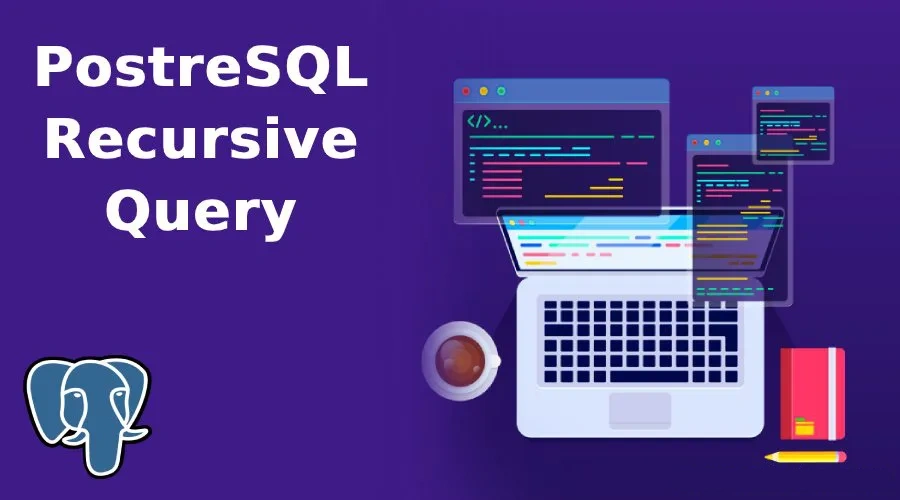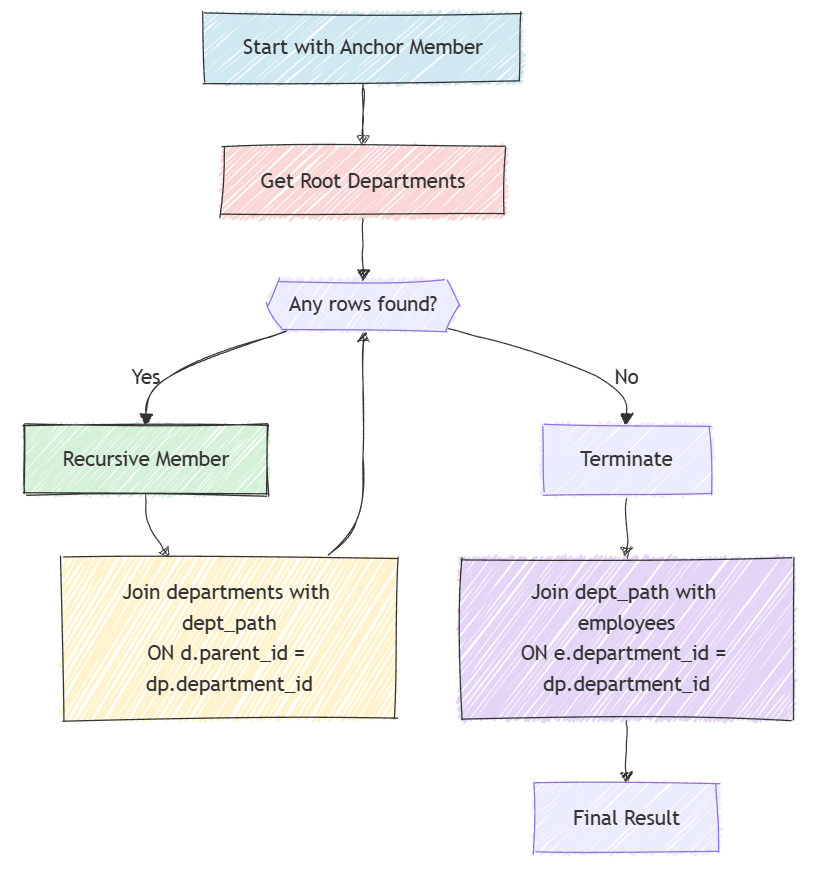Tame the Hierarchy: Conquering Recursive Queries in Postgres

Tame the Hierarchy: Conquering Recursive Queries in Postgres
Hey there, data wranglers! We’ve all been there: staring down a complex hierarchical dataset in Postgres, yearning to extract that perfect slice of information. But traditional queries often hit a wall when dealing with nested structures. Fear not, my fellow developers, for Postgres offers a powerful tool in its arsenal – the recursive query.
Think of a recursive query as a drill sergeant for your data. It marches through your hierarchical structure, level by level, unearthing hidden treasures at each step. Now, before you envision an endless loop of database doom, relax! Postgres executes these queries iteratively, ensuring a controlled and efficient exploration.
So, how do we unleash this data-diving beast? Let’s break it down into digestible chunks:
1. The Mighty WITH Clause: Setting the Stage
The WITH clause is the foundation of our recursive adventure. It allows us to define a Common Table Expression (CTE), essentially a temporary named result set we can reference within the query. But here’s the twist: this CTE can be defined recursively, meaning it can call itself!
2. The Anchor: Where it All Begins
Every good story needs a starting point. In our recursive query, the anchor member acts as this origin. It’s a simple SQL statement that retrieves the initial set of data – the “root nodes” of your hierarchy. This data acts as the fuel that propels the recursive engine forward.
3. The Recursive Member: The Looping Hero
This is where the magic happens! The recursive member references the CTE itself, allowing us to navigate deeper levels of the hierarchy. It typically joins the CTE with another table based on a parent-child relationship, progressively building the final result set.
4. The Terminator: Stopping the Madness (Gracefully)
Without a proper exit strategy, our recursive query could loop forever, becoming a bottomless data pit. To prevent this, we need a termination condition. This is often achieved using a WHERE clause within the recursive member. It specifies the criteria under which the recursion stops, ensuring we only explore the desired levels of the hierarchy.
Now Let’s See it in Action!
Let’s say we have a table departments with columns for department_id and parent_id, representing a company’s organizational structure. We want to retrieve all employees (stored in a separate table) along with their department names, traversing the entire department hierarchy.
Here’s a recursive query to achieve this:
WITH RECURSIVE dept_path AS (
SELECT d.department_id, d.name AS department_name, d.parent_id
FROM departments d
WHERE d.parent_id IS NULL -- Anchor: Root departments
UNION ALL
SELECT dp.department_id, d.name AS department_name, d.parent_id
FROM departments d
JOIN dept_path dp ON d.parent_id = dp.department_id -- Recursive member
)
SELECT e.employee_id, e.name, dp.department_name
FROM employees e
JOIN dept_path dp ON e.department_id = dp.department_id;
This query defines a CTE named dept_path. The anchor member retrieves departments with no parent (i.e., top-level departments). The recursive member then joins the departments table with dept_path, progressively adding child departments to the path until the termination condition (parent_id IS NULL) is met in the recursive join. Finally, we join the employees table with dept_path to retrieve employee details along with their department hierarchy.
Bonus Tip: Embrace the Power of Termination Conditions
Recursive queries can be incredibly powerful, but their strength lies in their control. Experiment with different termination conditions to explore specific portions of your hierarchy. You can filter based on department level, employee attributes, or any other relevant criteria.
Conquer Any Hierarchy with Confidence
By mastering recursive queries, you’ll unlock a new level of data exploration in Postgres. Now, go forth and tame those hierarchical beasts in your database! Remember, with a little practice, you’ll be a recursive query pro in no time. As always, happy coding!